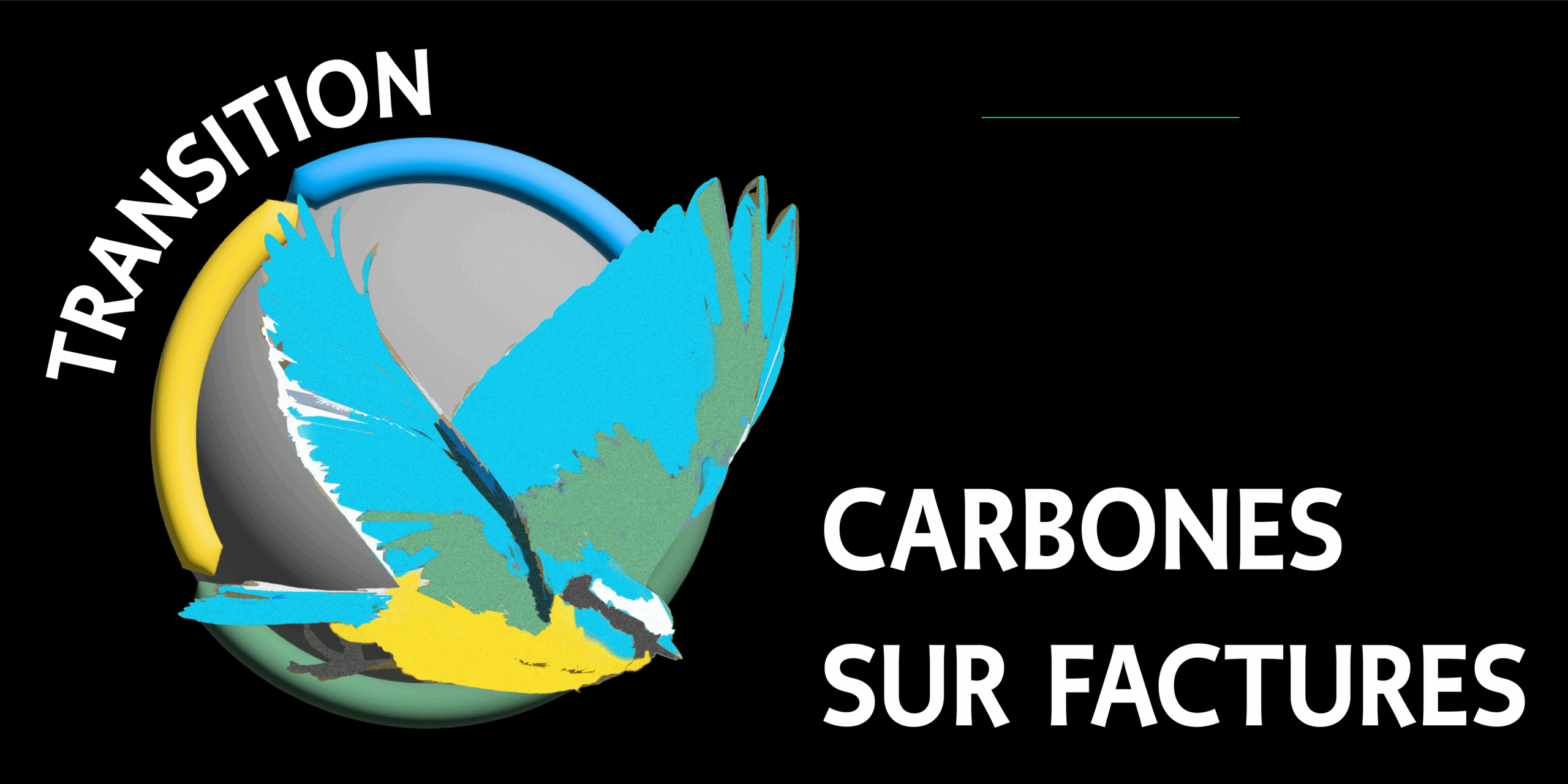The 3 conditions for real competition
on real carbon performance
Clear definitions of carbon performance
A unified method for the practical calculation of these performances
Good organisation of carbon competition by the community
Condition 1 – Clear definitions of carbon performance
The unit carbon weight of a product (or project)
It’s the sum of the carbon weights needed to manufacture it, going back “to the mine” to each component production line and component components….
– In general, this is the sum of the carbon weights transmitted by suppliers, divided by the number of products sold over the same period (by convention, fuel suppliers transmit the carbons that the fuel will release when burnt).
– For producers who capture or emit carbon themselves (from living species, animals, plants, etc.; or from industrial processes, cement, capture devices, etc.), these carbons are added to those of the suppliers.
The decarbonation of a producer of one or more products (and by assimilation for the financing of a producer)
This is its contribution to collective decarbonation, without double counting. It combines three effects :
– The producer’s action on the unit weight of its product through the quantities of inputs used (the effect due to variations in the weight of inputs is counted upstream).
– Its effect on the product’s average market weight through substitution (positive if it increases sales that are lighter than the market average or decreases sales that are heavier).
– A correction for the volume effect (which shares the variation in the market between producers in proportion to their footprint).
(by convention, positive decarbonation reduces the flow of carbon into the atmosphere)
Condition 2 – A unified method for practical calculation of carbon performance
The method favours a practical calculation that is simple to carry out and audit for those measuring performance, with comparable and reliable results for those to whom they are transmitted.
Practical weight calculation
With some exceptions, the accounting and management methods used to produce and audit costs are applied. Their advantages :
– Equality between incoming carbon and carbon passed on to the customer
– Uniform accounting and auditing methods worldwide
– Combining suppliers simplifies production (division of tasks), improves control (invoice reconciliation) and enables convergence towards the real weights.
The main exceptions are :
– Radical simplification of monetary depreciation rules
– Distinguishing between purchases of products with a significant carbon footprint (tracked by product) and other purchases tracked globally using national emissions factors: for comparability and simplicity at the outset.
Practical calculation of decarbonations
This is a by-product of calculating weights.
These practical calculations are included in calculators. They allow a small company to enlarged its carbon accounting or a larger company to test this enlargement without cost or risk.
Condition 3 – Respect for real competition
This responsibility rests with the public authorities. It has two parts.
– Ensuring competition based on real carbon performance
– Produce the statistics needed by economic players
